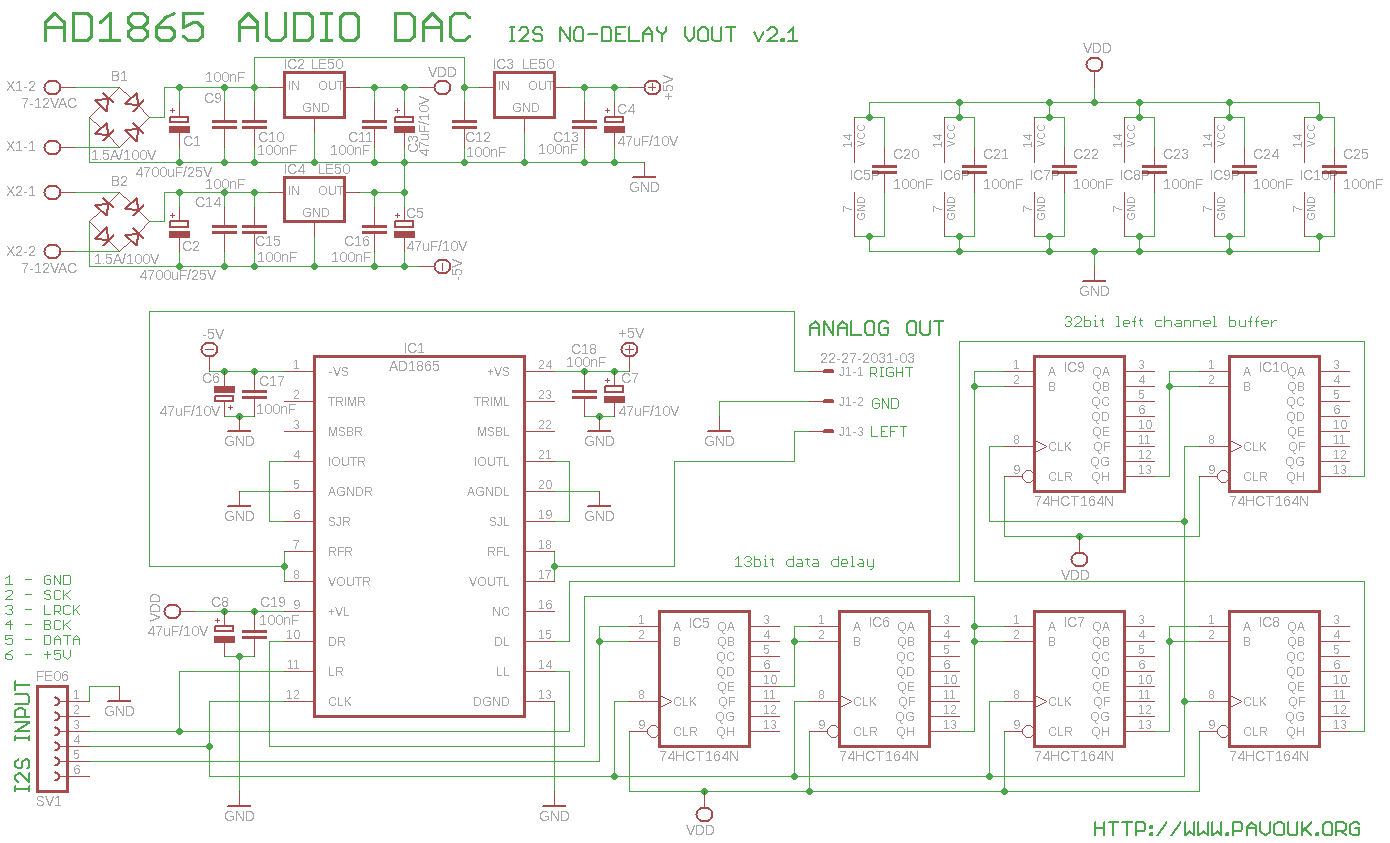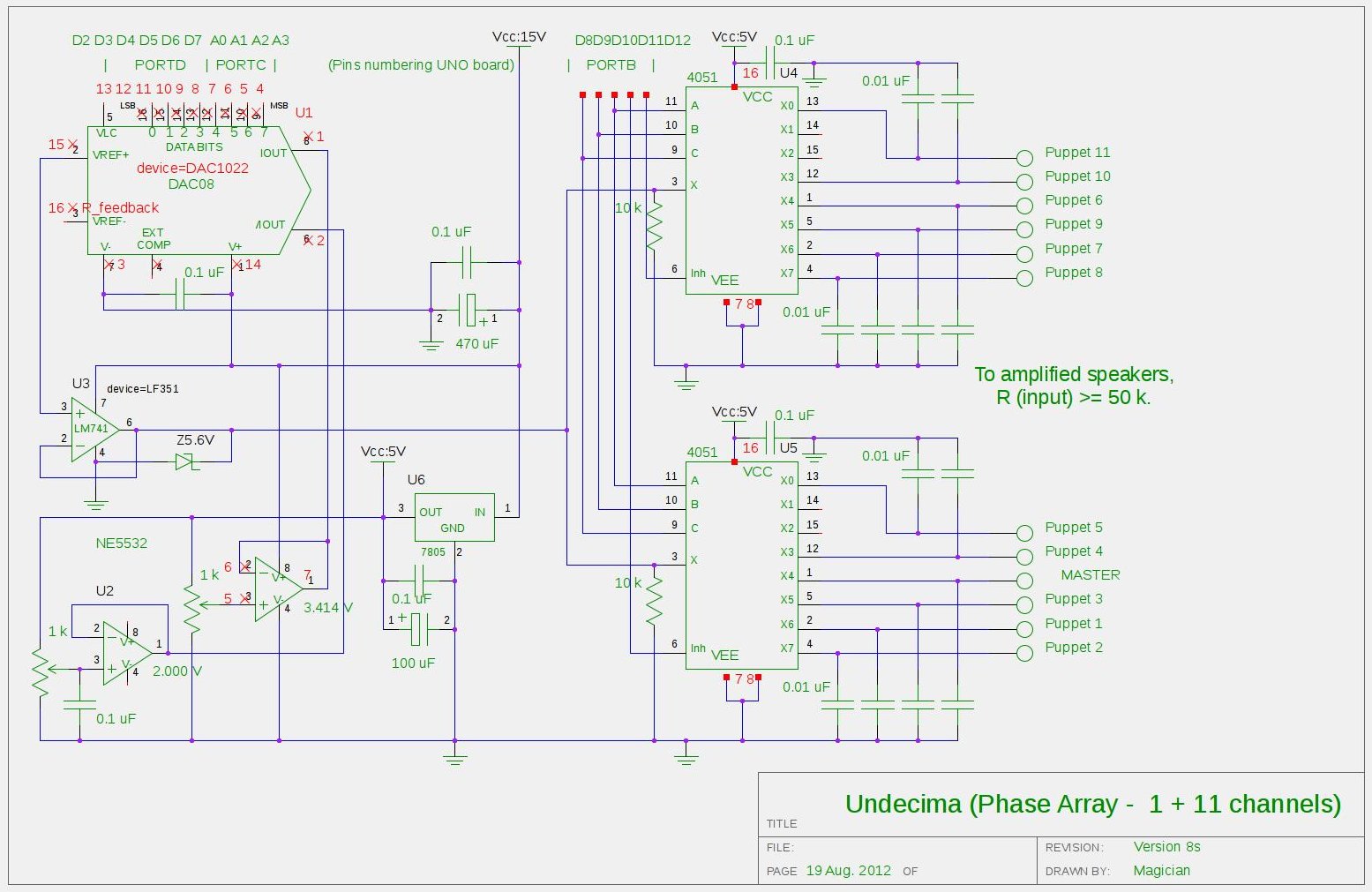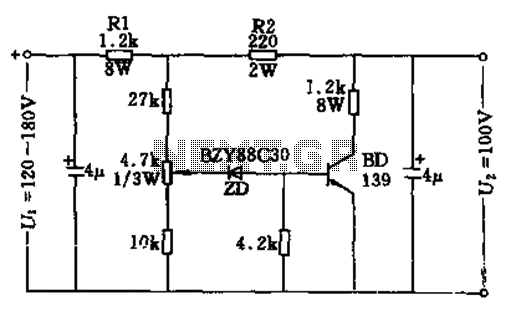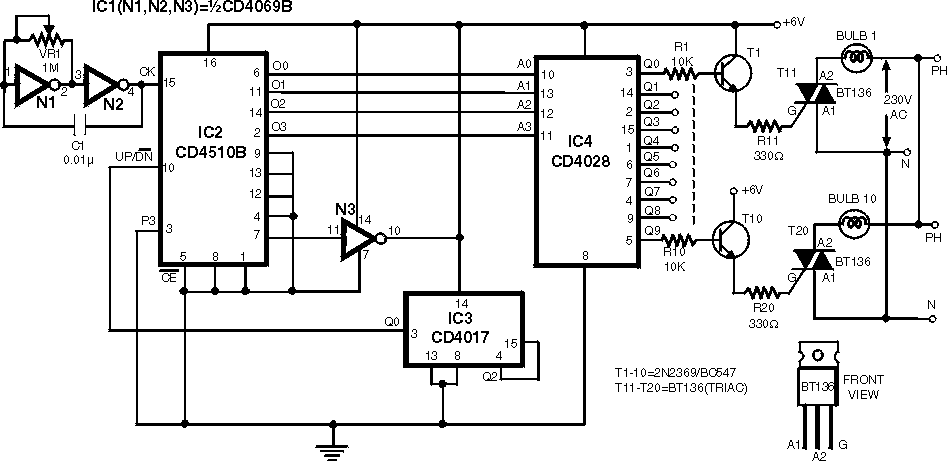
100V output with shunt regulation
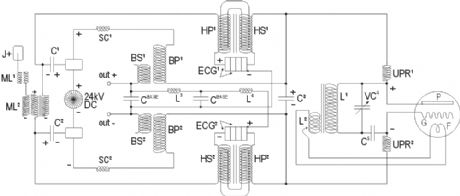
In the measurement of the changed supply current, the return line of the power side is grounded. Sometimes, it cannot be connected to the shunt resistor between the casing and the rack. The INA168 is a current detecting circuit ASIC, with the following specifications: The power supply voltage ranges from 30 to 60V, and the detected current is at least 10A, resulting in a detection output voltage of 4V. The accuracy is less than 1%.
The INA168 is an integrated circuit designed for precise current sensing applications. It operates within a power supply voltage range of 30V to 60V, making it suitable for high-voltage systems. The device is capable of detecting currents starting from a minimum of 10A, which is ideal for applications requiring robust current measurement.
In practical applications, the INA168 can be utilized in various configurations. It is essential to ensure that the shunt resistor, which is used to measure the current, is properly integrated into the circuit. The return line of the power side being grounded is a critical aspect of the circuit design, as it ensures a stable reference point for the current measurement. However, in some scenarios, it may not be feasible to connect the shunt resistor directly between the casing and the rack.
The output voltage from the INA168, which is 4V for the specified detection current of 10A, provides an easy-to-read signal that can be interfaced with microcontrollers or analog-to-digital converters for further processing. The accuracy of the current measurement is specified to be less than 1%, which is adequate for many industrial applications where precise current monitoring is necessary.
In summary, the INA168 ASIC serves as a reliable solution for current detection in high-voltage environments, with its ability to deliver accurate measurements while maintaining a straightforward integration process. Proper attention to the grounding and shunt resistor configuration will enhance the performance and reliability of the current sensing application.In the measurement of changed supply current, the return line of the power -side is grounded, sometimes it can not be connected to shunt resistor between the casing and the rack. INA168 is a current detecting circuit ASIC, the indicators are as following: The power supply voltage is 30 ~~ 60V, and the detected current is at least 10A, then the detection output voltage is 4V, the
accuracy is less than 1%. (View) 🔗 External reference
The INA168 is an integrated circuit designed for precise current sensing applications. It operates within a power supply voltage range of 30V to 60V, making it suitable for high-voltage systems. The device is capable of detecting currents starting from a minimum of 10A, which is ideal for applications requiring robust current measurement.
In practical applications, the INA168 can be utilized in various configurations. It is essential to ensure that the shunt resistor, which is used to measure the current, is properly integrated into the circuit. The return line of the power side being grounded is a critical aspect of the circuit design, as it ensures a stable reference point for the current measurement. However, in some scenarios, it may not be feasible to connect the shunt resistor directly between the casing and the rack.
The output voltage from the INA168, which is 4V for the specified detection current of 10A, provides an easy-to-read signal that can be interfaced with microcontrollers or analog-to-digital converters for further processing. The accuracy of the current measurement is specified to be less than 1%, which is adequate for many industrial applications where precise current monitoring is necessary.
In summary, the INA168 ASIC serves as a reliable solution for current detection in high-voltage environments, with its ability to deliver accurate measurements while maintaining a straightforward integration process. Proper attention to the grounding and shunt resistor configuration will enhance the performance and reliability of the current sensing application.In the measurement of changed supply current, the return line of the power -side is grounded, sometimes it can not be connected to shunt resistor between the casing and the rack. INA168 is a current detecting circuit ASIC, the indicators are as following: The power supply voltage is 30 ~~ 60V, and the detected current is at least 10A, then the detection output voltage is 4V, the
accuracy is less than 1%. (View) 🔗 External reference
